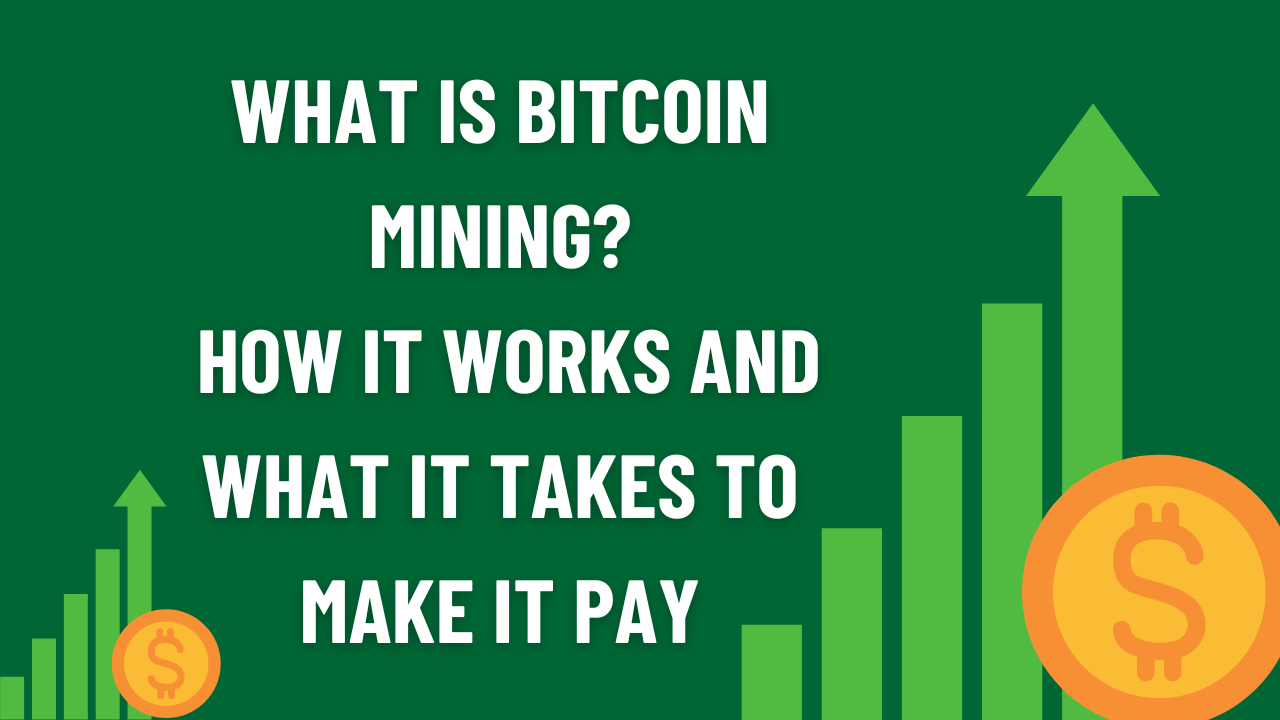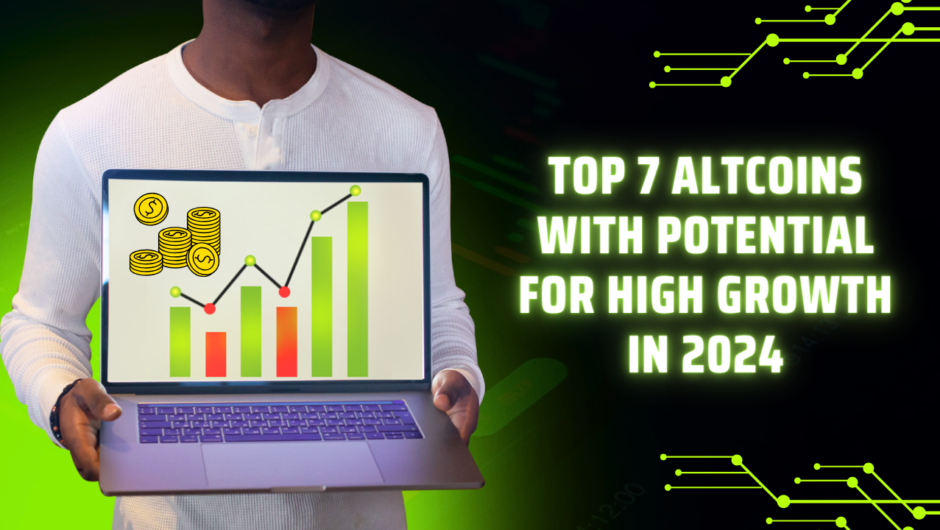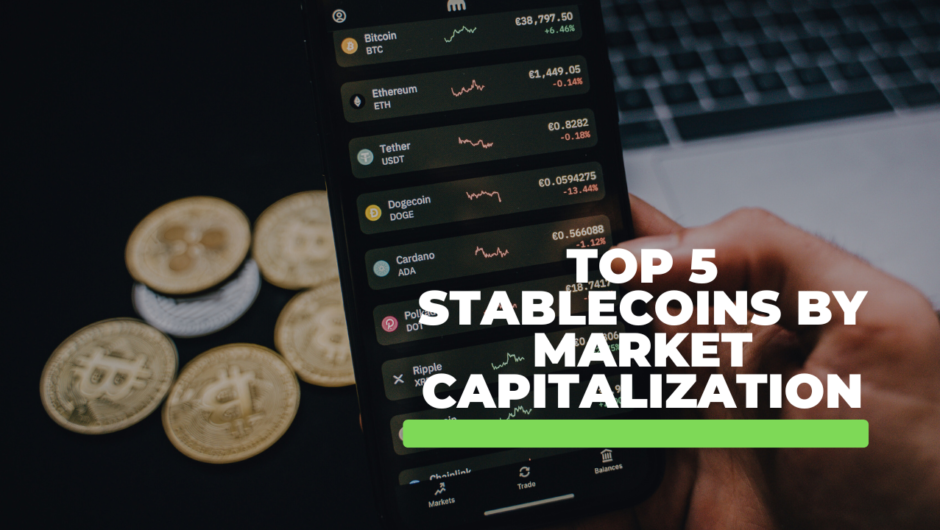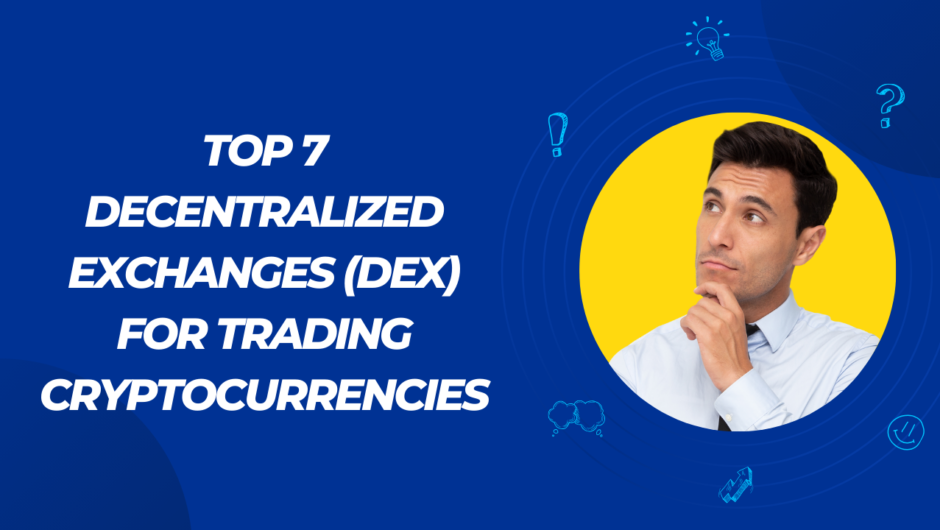Bitcoin mining is the foundational process by which new bitcoins are created and transactions are added to the blockchain. This decentralized computational activity involves miners solving complex mathematical puzzles to validate and secure the network. As a reward, successful miners earn bitcoins. However, the process demands specialized hardware, substantial computational power, and energy resources. Understanding Bitcoin mining entails exploring the intricate mechanics of this decentralized system, considering its technological demands, and assessing the evolving landscape where miners navigate challenges and opportunities in the pursuit of making this energy-intensive activity financially viable.

Overview of Bitcoin Mining
Bitcoin mining is the decentralized process integral to the creation and verification of transactions on the Bitcoin blockchain. Functioning as the backbone of the cryptocurrency, miners employ computational power to solve complex mathematical puzzles, validating and securing transactions. This activity is crucial for maintaining the integrity of the decentralized ledger through a Proof of Work (PoW) consensus mechanism. Miners compete to solve cryptographic puzzles, and the first to succeed adds a new block to the blockchain and is rewarded with newly minted bitcoins.
Bitcoin mining plays a pivotal role in ensuring the network’s security and the issuance of new bitcoins. As an intricate and competitive process, it involves a race among miners globally, emphasizing the decentralized nature of the cryptocurrency and the technological challenges inherent in its operation.
Mechanics of Bitcoin Mining
The mechanics of Bitcoin mining revolve around the Proof of Work (PoW) consensus algorithm, designed to secure and validate transactions on the blockchain. Miners, equipped with specialized hardware known as Application-Specific Integrated Circuits (ASICs), compete to solve complex mathematical puzzles. These puzzles, generated by the Bitcoin network, require significant computational power to solve but are easy to verify once solved. The first miner to solve the puzzle broadcasts the solution, validating a new block of transactions and earning a reward in the form of newly minted bitcoins and transaction fees.
This competitive and decentralized process ensures the immutability of the blockchain, making it resistant to tampering. The difficulty of the puzzles adjusts approximately every two weeks, maintaining a consistent block generation time of around 10 minutes and adapting to changes in the overall computational power of the network.
Hardware and Software Requirements
Bitcoin mining involves specific hardware and software requirements to participate effectively in the competitive process.
Hardware: Specialized mining hardware, often in the form of Application-Specific Integrated Circuits (ASICs), is crucial. These devices are designed specifically for Bitcoin mining, offering high computational power and energy efficiency compared to traditional Central Processing Units (CPUs) or Graphics Processing Units (GPUs). The evolving landscape may prompt miners to regularly upgrade their hardware to remain competitive.
Software: Mining software is essential for connecting mining hardware to the Bitcoin network. This software relays work completed by miners to the network, receives new tasks, and provides necessary information for blockchain transactions. Miners often choose software compatible with their hardware, ensuring optimal performance. Additionally, mining software allows miners to monitor their activities, track earnings, and adjust settings to enhance efficiency, contributing to the overall success of the mining operation.
Mining Pools and Pooling Resources
Mining pools play a crucial role in the Bitcoin mining landscape, enabling miners to combine their computational resources and increase the likelihood of successfully solving blocks and receiving rewards. In a mining pool, participants contribute their individual processing power, and when the pool successfully mines a block, the rewards are distributed among the contributing miners based on their level of contribution.
Pooling resources offers several advantages, including a more consistent and predictable income stream compared to solo mining. It reduces the variance in earnings, providing smaller, more frequent payouts to participants. Additionally, joining a pool allows miners with less powerful hardware to still participate and receive a share of the rewards proportional to their contribution.
Energy Consumption and Environmental Concerns
Bitcoin mining’s energy consumption and environmental impact have become subjects of growing concern. The Proof of Work (PoW) consensus mechanism, integral to Bitcoin mining, demands extensive computational power, leading to high electricity consumption. The specialized hardware, such as ASICs, requires substantial energy to solve complex mathematical puzzles and validate transactions.
This energy-intensive process has raised environmental concerns, especially as mining operations expand globally. Critics argue that the carbon footprint associated with Bitcoin mining contributes to climate change. In response, there is a growing emphasis on exploring sustainable practices, such as utilizing renewable energy sources for mining operations. Some mining facilities are strategically located near sources of renewable energy to mitigate environmental impact.
Economic Considerations and Profitability
Economic considerations are central to Bitcoin mining, with profitability hinging on various factors. Miners must weigh the costs of specialized hardware, electricity, cooling systems, and maintenance against the potential rewards. The Bitcoin network’s difficulty adjustment, market conditions, and transaction fees further influence profitability.
As the network’s computational power increases, individual miners face intensified competition, impacting their share of block rewards. Rising energy costs and diminishing block rewards through halving events add complexity to the economic landscape.
Bitcoin’s price volatility directly affects profitability, as higher prices enhance mining rewards, while market downturns may render certain mining operations unprofitable. Economic strategies, such as joining mining pools to mitigate variance, and strategic decisions on when to invest in or upgrade mining hardware, become crucial for sustained profitability.
Challenges and Risks
Bitcoin mining faces an array of challenges and risks that miners must navigate for sustained success. Technological challenges include the constant evolution of mining hardware, necessitating regular upgrades to remain competitive. Regulatory and legal risks vary globally, with potential changes impacting the legality and profitability of mining operations.
Market volatility introduces economic risks, as Bitcoin’s price directly influences mining profitability. Fluctuations can render certain mining setups unviable or substantially reduce profitability during bear markets. Additionally, the environmental impact and energy consumption associated with mining pose reputational and regulatory risks, especially amid increasing focus on sustainable practices.
Security concerns, including potential 51% attacks, underscore the importance of a decentralized network. Miners must stay vigilant against malicious activities that could compromise the integrity of the blockchain
Conclusion
In conclusion, Bitcoin mining is a dynamic and competitive process that underpins the cryptocurrency’s decentralized network. Understanding its mechanics, hardware requirements, and economic considerations is essential. While mining presents opportunities for profit, it comes with challenges—technological, regulatory, and environmental. The balancing act of optimizing profitability, staying technologically current, and addressing environmental concerns requires strategic navigation. As Bitcoin mining evolves, miners must adapt to market dynamics, regulatory landscapes, and technological advancements to succeed in this intricate and ever-changing ecosystem.
Also Read:
- What is Dividend Investing and How to find Dividend Stocks?
- How do new mobile banking apps help access savings account better?
- Financial Advisor in India – The Best for your Financial Planning?
- What is inflation and how it impacts your financial plan?

Hello, I am Tanisha Kriplani, graduated in computer science from Delhi University. I am passionate about web content writing and have a strong interest in Data Analytics and Data Engineering.












